When painting, you want to be able to clearly understand tonal values; what is a dark value, medium value and light value. It is difficult to have that kind of clarity when your eyes are distracted by unnecessary details and that is where these painting tools for artists come in to play.
We cannot paint without the sense of vision our eyes give us, but ironically, our eyes can sometimes get in the way when painting. I say so because we see too much. We notice details everywhere at the expense of not seeing the big picture. One can never attain a sense of clarity in their painting without simplifying first and foremost. To help with being able to simplify, I’ve outlined the following painting tools for artists which have been incredibly helpful to myself (as well as many others). You may even have some of these tools already!
Painting tool #1: Use your cellphone as a black mirror
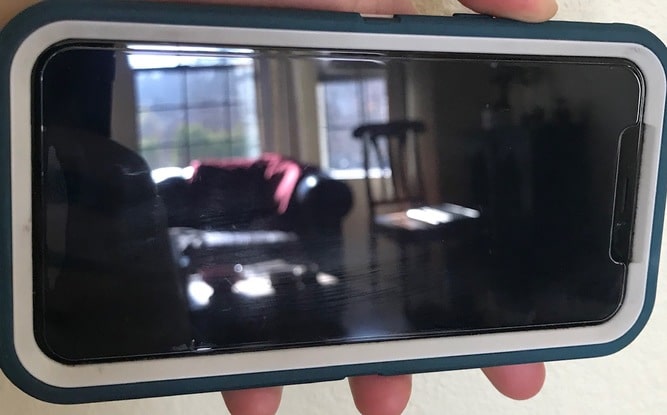
It is important to be able to know how to paint what you see as an artist. First, you need to be able to simplify what you see to be able to translate it into painting. Unfortunately though, it can be very hard to do so!
Your cellphone screen can work as a perfect black mirror. Just simply put it up so that it reflects what is in front of you. It will help you to simplify while you paint if you reflect what you are working on.
Of course, the colors of your subject are different when you do this. However, your goal isn’t to use this as a color aid but rather to see values more clearly. This practice of better understanding the values of your painting, will in turn help you with color.
Artist tool #2: Box camera (for obscura effect)
I love looking through a box camera! You can find them quite easily at flea markets and antique shops. Also, out of all the painting tools for artists on the list here. A box camera also looks beautiful on the shelf in the studio when they are not being used.
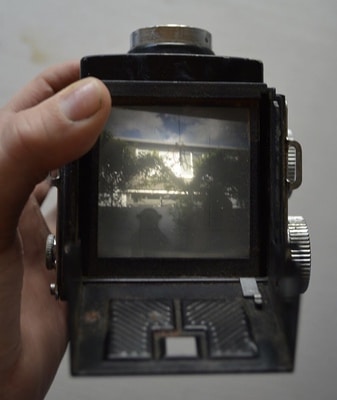
The way a box camera is constructed is just like a camera obscura would be constructed but just in a different format. It is rumored that Vermeer possibly used a camera obscura as a visual aid. When looking at Vermeer’s work you can see his mastery of simplifying.
Take for example the detail below from Vermeer’s ‘Lady Writing a Letter with her Maid.’ There is a clear, crisp value structure and geometry. Through Vermeer’s painting techniques here, you can easily see where the darks and lights are. Using a camera obscura will help you in seeing and thinking in such a way as well.
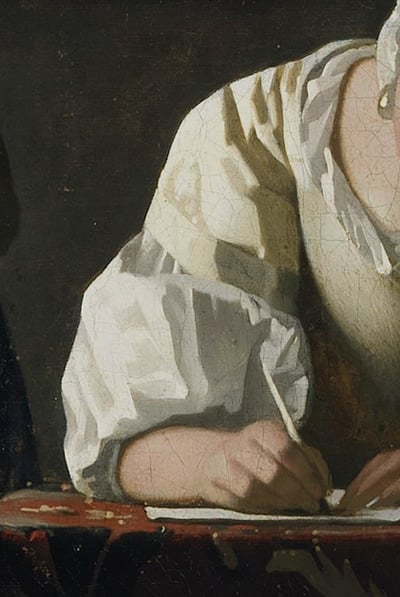
Tool #3: Red transparent sheet (to see in monochrome)
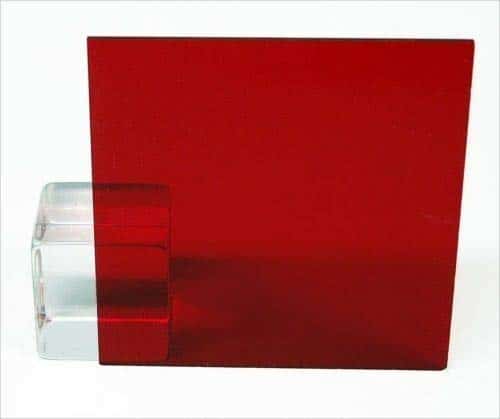
Red plastic sheets help to simplify while you are painting whatever you look at through it becomes monochrome.
Monochrome means one color. When there is just one color, being able to tell values becomes much easier. You are no longer distracted by needing to figure out color combinations. Instead, you can focus all of your attention on figuring out the value structure which is so important in how to create a more realistic painting.
When the value structure becomes clearer for you then you can take away the red sheet and see it normally again. These are cheap and easy to find – so an easy visual aid to add to your studio!
Painting tool #4: Black and white photo
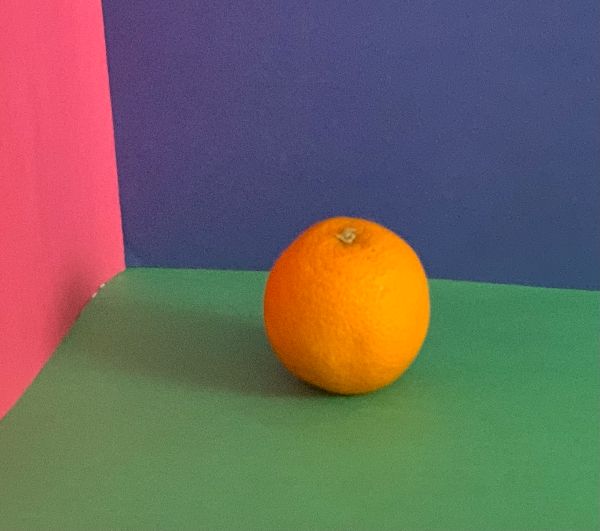
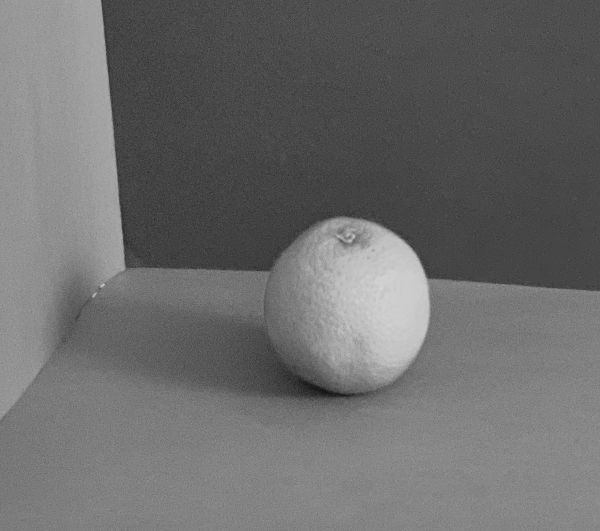
Here is another visual aid that helps you see in monochrome. This time it comes from taking a picture with your phone’s camera. Take an image of what you are going to paint or are thinking of painting and put a black and white filter on the image. When you do this, you can clearly see the value structure of what you are painting.
As an extra bonus, you can also use your phone’s ability as a composition tool. As you can crop, un-crop and even re-crop your images in your photos to find which composition works the best!
I hope this list of artist painting tools is helpful to you! What tools are you using currently or have used in the past, to help simplify while you paint? I would love to hear from you in the comments below!
Want to remember this? Save 4 Artist Tools to Help You Simplify to your favorite Pinterest board!

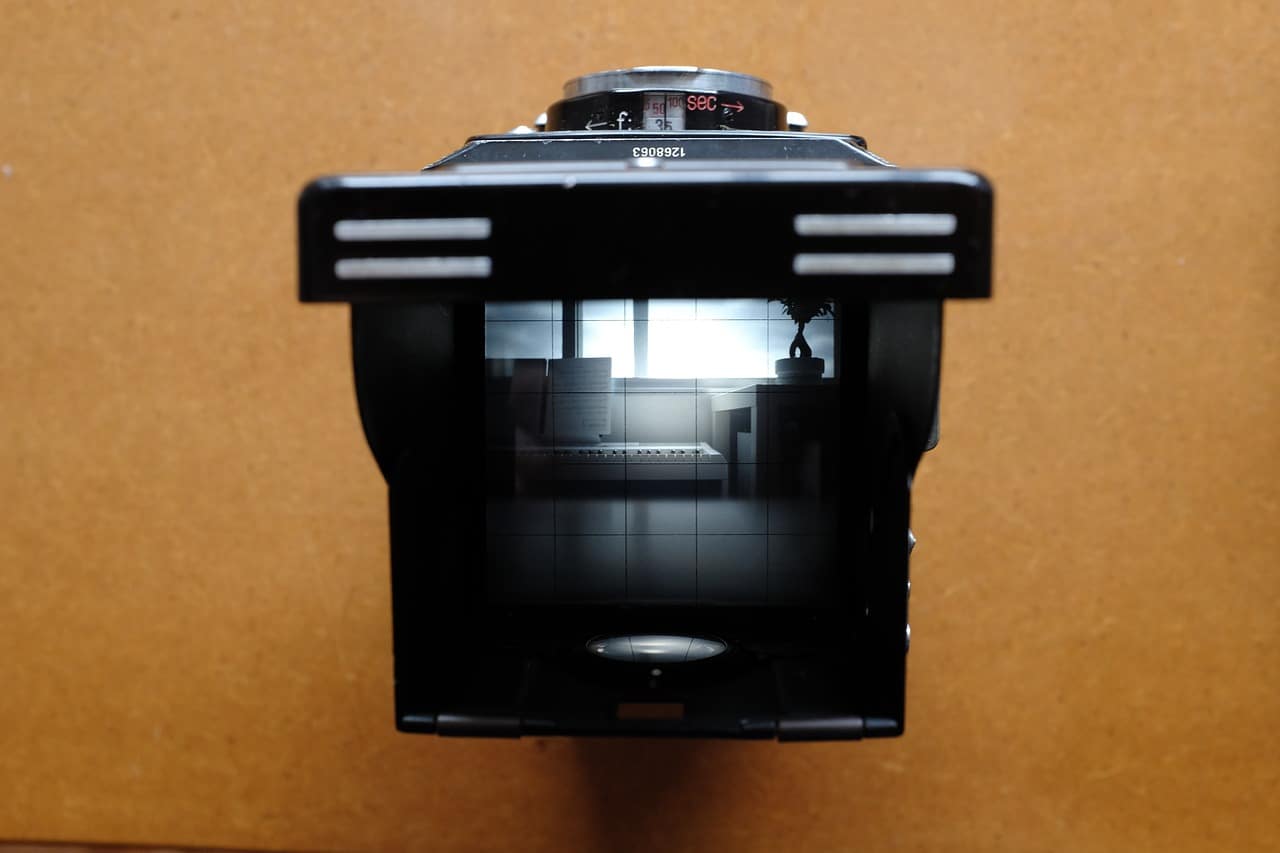

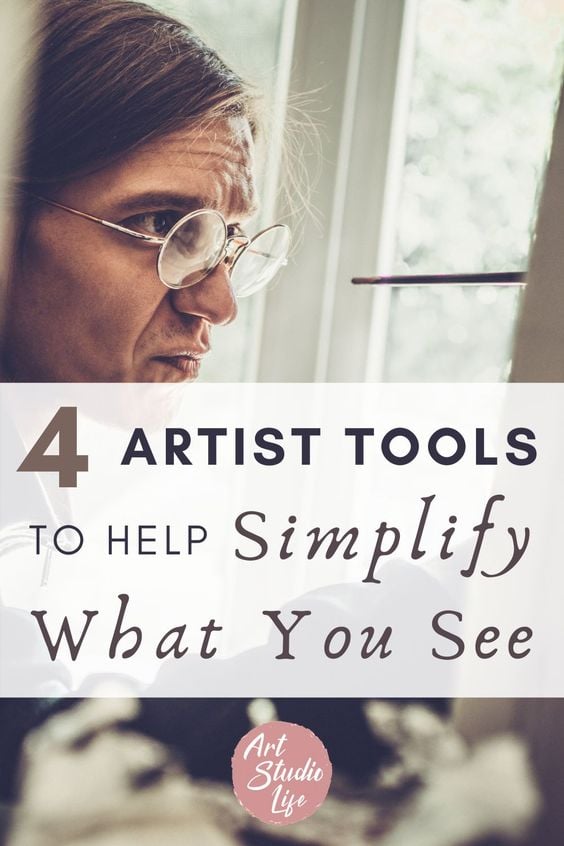

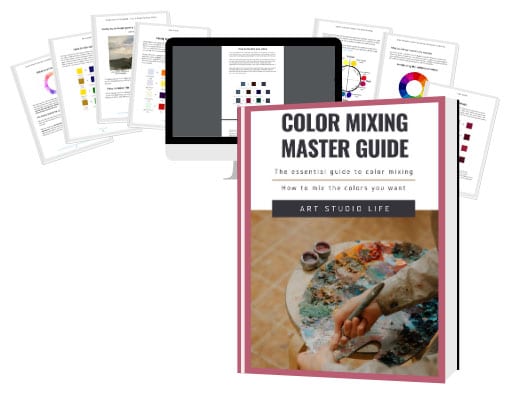
25 thoughts on “4 Painting Tools for Artists to Help Simplify What You See”
Hi Elizabeth,
Thank you for your informative articles.
I especially loved the information on Jan Vermeer he is my favourite Artist. I love his work and wish that I could paint such realistic detail as he does in those beautiful carpets. I very much doubt that I would have the patience to do so.
Thank you one again.
Kind regards
Delyse
Hi Delyse,
Am very glad that you enjoyed the information here! I too love Vermeer very much. It is refreshing and wonderful to see how he interpreted what he saw. Best wishes to you!
Very helpful. I’m not sure how you use the box camera. Do you just use it to look through to see the value structure simplified? Would a 1940s box camera work? I’m
Guessing it’s actually just the lens of one could remove the lens and use that. Thanks
Hi Lee, Am glad this is helpful. Yes! You can use a box camera to simply look through – as this helps immensely to see HOW the value structure is simplified. A 1940’s box camera should work. The camera itself does not need to function/ work anymore as an actual camera that can take photographs as you just need to be able to look through the top. It is good to keep it intact though as you want to keep the lens enclosed so that you can view it without any light getting in and affecting your ‘view’. Hope this is helpful!
Yeah – something simple and so useful!
Hi Bonnie, Glad this was helpful!
I still don’t understand the “black mirror” part. Can you expand on it ?
A black mirror can be any very dark or black reflective surface. Because of its black surface it tends to make everything that it reflects more monochromatic which makes it easier for us to interpret the values. It also simplifies the values that it reflects which is a huge help when it comes to painting. The screen of a smartphone can act as a great black mirror because of its black reflective surface. I hope that helps! 🙂
For years I made my living doing portraits in pastel & Charcoal…
One “trick” I learned early on, was to hold a mirror up to the side of my head and view my subject and my work in progress “REVERSED” any thing that was a “Little Off” was Twice as “off” when it was reversed in the image I saw. Quite useful especially at the beginning of the drawing where when you are putting in some Major DIRECTIONAL lines (a few degrees off on the angle of the face” will appear twice as “Off” when you reverse the way you look at it” in the mirror.
Hope this helps, I know it helped me “see” what’s REALLY happening.
Cheers,
ed
Hi Ed, Thank you for sharing! Am sure your suggestion will be useful for many!
thank you for all your excellent tips on painting techniques!
Marilyn
You are so welcome Marilyn! Glad that they are helpful for you.
Thank you so much for the 4 painting tool tips. The back of the cell phone as a guide was great. Thank you for sharing your knowledge, you are very considerate of other artists!!!!!!!!!
You are so welcome! Am glad to hear that these tips are helpful for you 🙂
תודה רבה אליזבת על הצגת הנושא וההסבר, הדרכה מועילה מאוד
תודה רבה
רותי כהן
רותי יקרה, את כל כך מוזמנת! אני מאוד שמח שנהנית מזה.
Thank you very much for your tips, I didn’t know about the black mirror neither the red transparent sheet.
You are very welcome Denisse!
Where do you get the camera obscura?
It is not easy to find a real camera obscura for sale unfortunately! However there are other objects that act just like a camera obscura – like the box camera shown in the article.You can find these vintage cameras often at second hand stores or online 🙂
Just found this post and read it. You have simplified this “values” lesson for me. You are a gifted-teacher. Thank you
Thank you, I am happy to hear this lesson was helpful to you!
I subscribed to your website, so I was able to read the article about the color mixing guide. I didn’t know how to save it for future reference. You made it very easy to understand! And you made the portrait painting article easy to understand, also. It makes me feel like I might be able to paint one! You have a gift for teaching!
Best Regards,
Christi
Hello Christi, Thank you for your kind comment! I am very glad to hear that the color mixing guide is helpful and easy to understand. It is my goal with this blog to present things in a very clear and easy to understand way – so I am happy to hear that it translates in that way! I enjoy teaching very much – thank you!
Kind Regards,
Elisabeth
Pingback: Ultimate Beginning Painting Guide - Art Studio Life